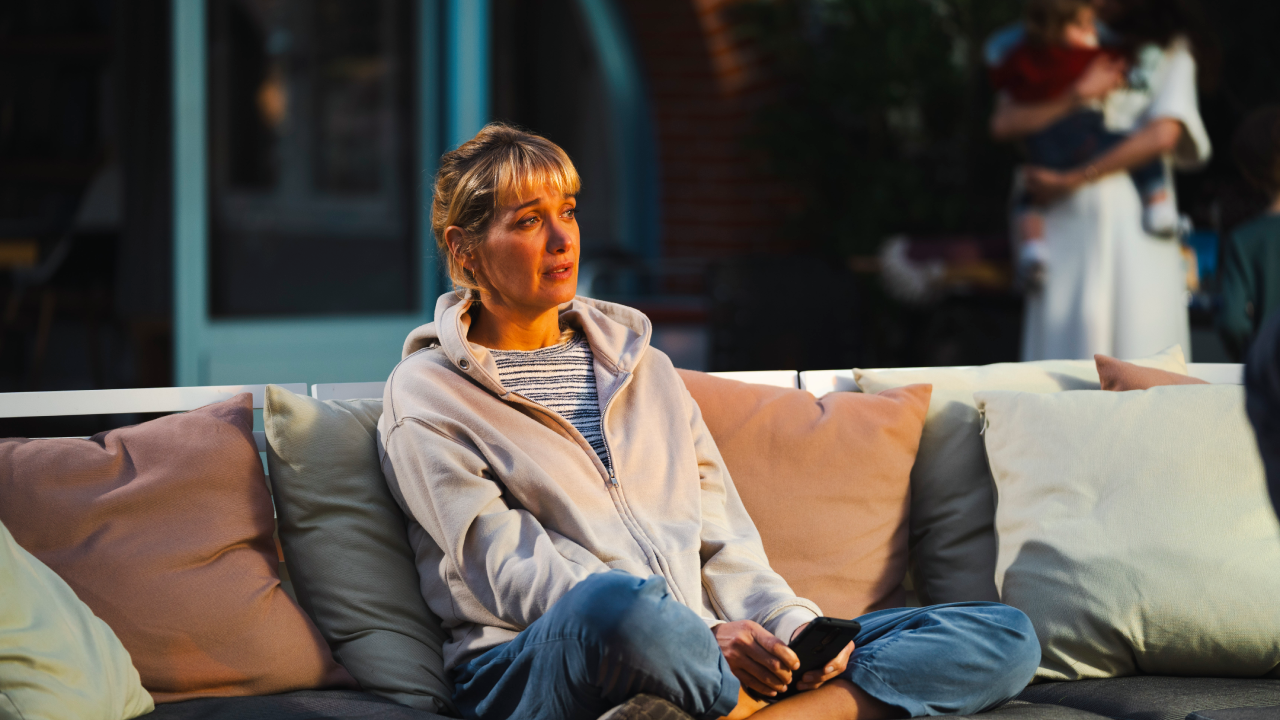Conditioning of the pelvic floor, healthy habits and medical progress help women to resume the quality of life
Urinary incontinence is a condition that affects millions of women, especially from the age of 40, and can significantly compromise the quality of life. It is characterized by the involuntary loss of urine in routine situations, such as laughing, exercising or even rest. Although common, it is important to highlight that there are effective solutions to treat the problem and recover well -being.
The origins of inconvenience
The causes of urinary incontinence are multifactorial and include hormonal changes, weakening of the muscles of the pelvic floor, history of pregnancy, obesity and natural process of aging itself. For the uroginecologist Dr. Carlos del Roy, the correct diagnosis is the most important starting point: “Urinary incontinence can have distinct origins. Therefore, individualized evaluation is essential to determine the type and define the most appropriate treatment. Many women live with the problem in silence, but it is a curable condition,” he says.
There are three main types of incontinence: the effort, which occurs when carrying out movements such as cough or weight lifting; that of urgency, characterized by the sudden and uncontrollable will to urinate; and the mix, which combines symptoms of both types. Regardless of the classification, the strengthening of the pelvic floor is a central strategy to improve the condition. Exercises such as Kegel are often recommended to re -education of the pelvic muscles and reduce episodes of urinary loss.
Food can help
In addition, keeping healthy habits is essential for the success of the treatment. Balanced foods, weight control and adequate water intake help to preserve the function of the bladder and reduce symptoms. “Overweight increases the pressure on the bladder and promotes urinary losses. Already a diet rich in fiber and liquids contributes to intestinal health, which is directly linked to the pelvic function. Also avoid caffeine, alcohol and very acidic foods makes the difference”, says Dr. Carlos.
Treatment can involve physical therapy specialized in the use of medicines and, in selected cases, minimally invasive surgery. The definition of the best approach depends on the severity of the patient’s conditions and expectations. “Today we have modern, safe and highly effective resources. The most important thing is that the woman does not postpone the search for a professional guide when you notice the first signs,” says the doctor.
For the expert, it is essential to break the taboo around the theme and promote dialogue on urinary incontinence. “Many women believe that urinary loss is natural with the progress of age or after motherhood, and they end up adapting. But this is not necessary. With a correct follow -Up, it is possible to recover control and trust in the body itself”, concludes dr. Carlos del Roy.
Source: Terra
Ben Stock is a lifestyle journalist and author at Gossipify. He writes about topics such as health, wellness, travel, food and home decor. He provides practical advice and inspiration to improve well-being, keeps readers up to date with latest lifestyle news and trends, known for his engaging writing style, in-depth analysis and unique perspectives.









